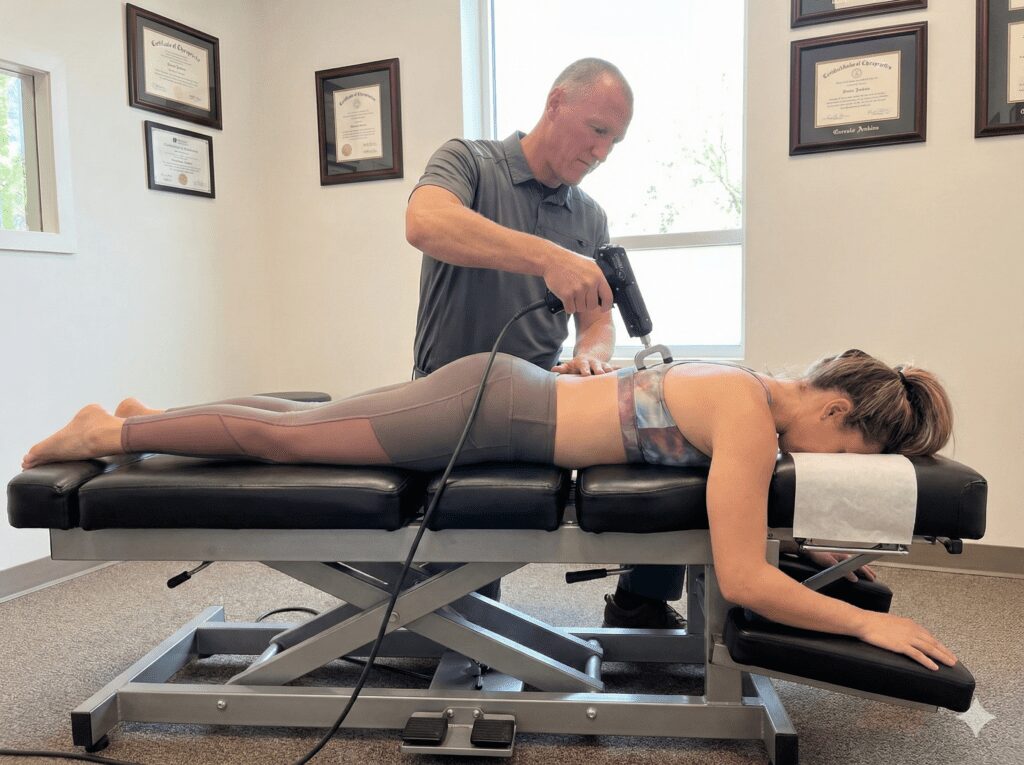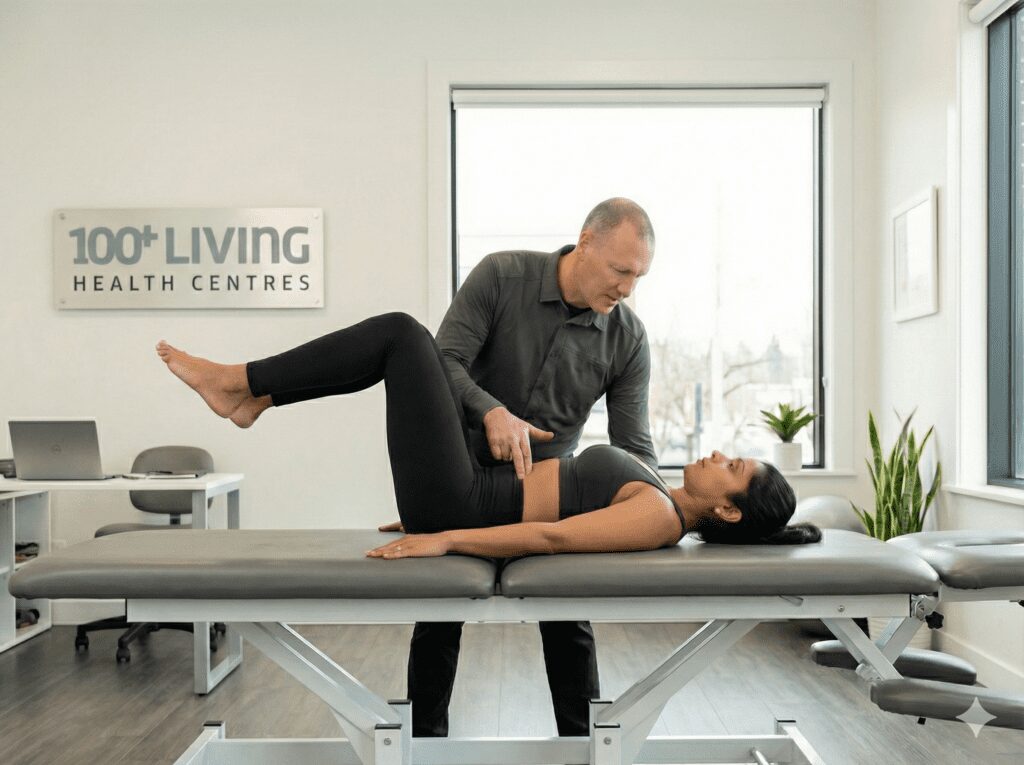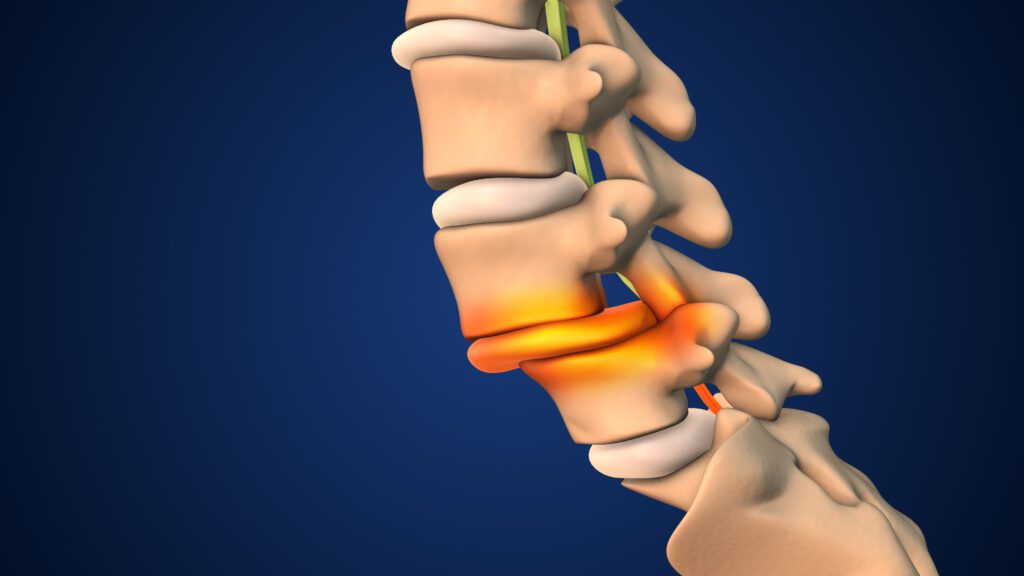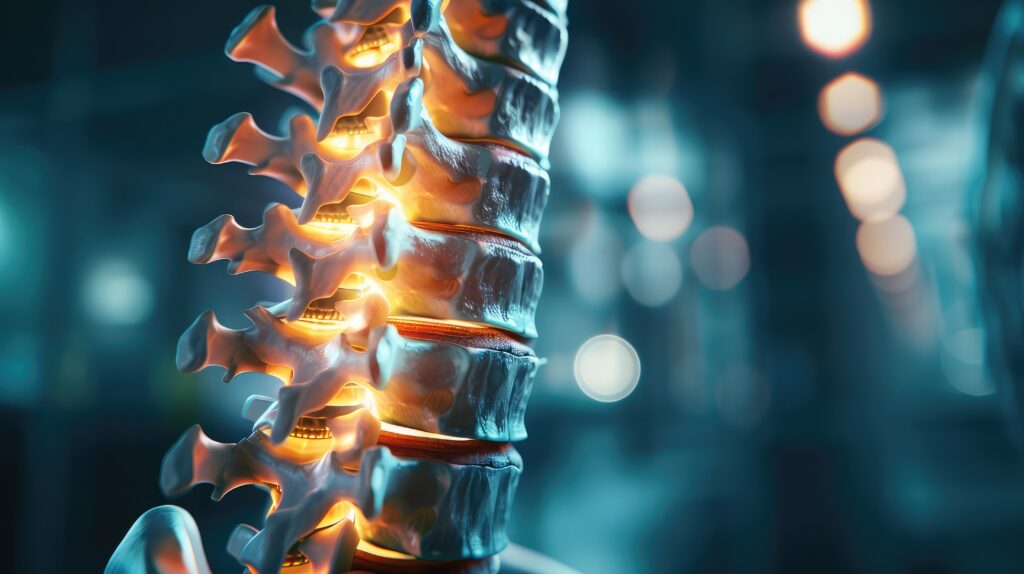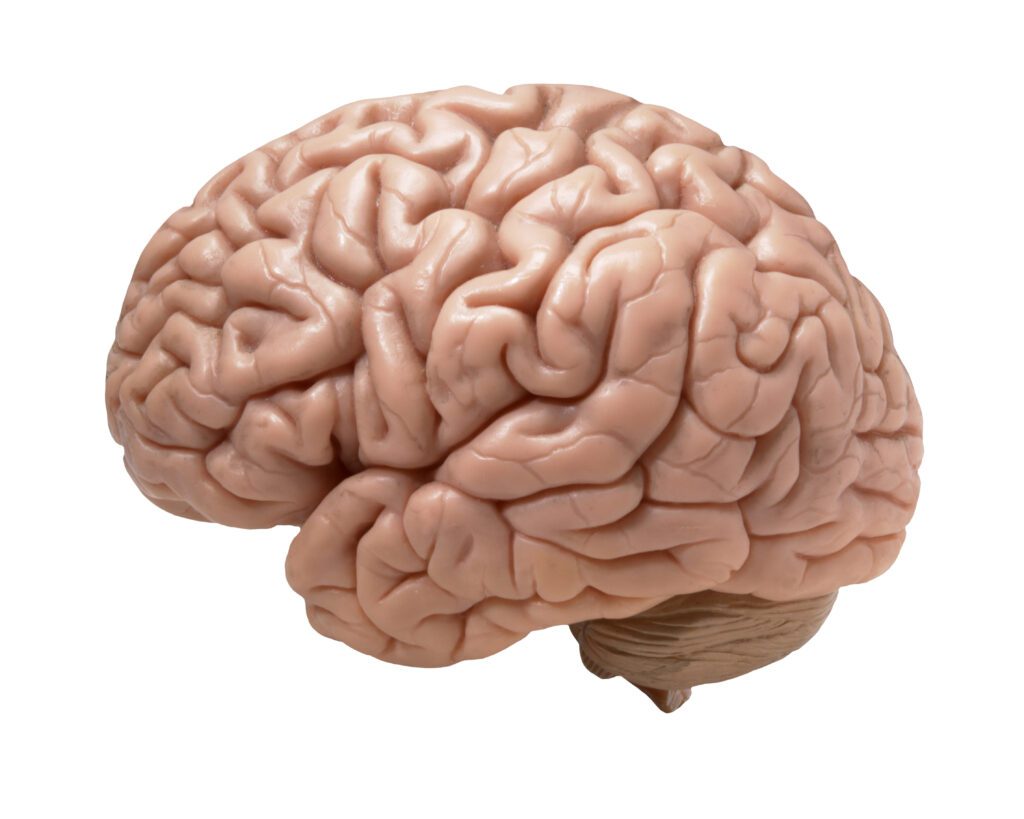As a parent, few things are more difficult than watching your child struggle—whether it’s with focus, learning, reading, behavior, or simply fitting in at school. For many families, these challenges are met with a mix of frustration and confusion. Medications might help with symptoms, but what about underlying causes? What about function?
A growing body of research is beginning to shift the conversation—and one study in particular deserves attention.
A case series published in the Journal of Manipulative and Physiological Therapeutics examined the impact of chiropractic care on 157 children with developmental delay syndromes, including conditions such as:
- ADHD
- Dyspraxia
- Dyslexia
- Learning disabilities
- Delays in social and academic performance
The results? Significant improvements in focus, attention, school performance, social interaction, and cognitive testing following a structured chiropractic treatment plan.
In this blog I will try and unpack the findings of that study, link it to modern neurological research (including the work of Dr. Heidi Haavik and Chiropractic BioPhysics Nonprofit), and show how a multimodal, structural-neurological approach may provide hope and healing for families seeking alternatives to a symptom-only model. I apologize for the technical nature of this post but most parents that talk to me about these issues have already done an incredible amount of research themselves and can know more about this topic than I do. . . here we go.
The Study: 157 Children with Developmental Challenges
Conducted by Cuthbert and Barras, the study followed 157 children aged 6 to 13 who were struggling with a range of cognitive, social, and academic difficulties. Many had been diagnosed with ADHD, dyslexia, or learning delays; all were reported to have difficulty focusing, following instructions, staying on task, or thriving in school environments.
Each child received a multimodal chiropractic care plan. This included manual spinal adjustments and applied kinesiology—designed to correct structural imbalances, reduce motor system dysfunction, and improve how the brain receives and integrates sensory information.
To measure outcomes, researchers used eight standardized psychometric tests evaluating 20 distinct areas of cognitive function—both before and after treatment. These tests were administered by a certified speech therapist, adding clinical credibility to the results.
The Results: Measurable Brain and Behavior Improvements
At the conclusion of care:
- All 157 children showed improvement across all eight psychometric tests
- Cognitive gains were recorded in areas like attention span, concentration, impulsivity control, and working memory
- Parents and teachers reported better behavior at home and school
- Children displayed greater emotional regulation, social confidence, and learning engagement
What’s especially noteworthy is that these changes were not attributed to pharmaceutical intervention—but to a non-invasive, neurologically directed chiropractic protocol.
These findings challenge the long-standing assumption that chiropractic care is only for musculoskeletal pain. Instead, they point to a growing understanding: the spine and nervous system are fundamentally connected to how children learn, behave, and process the world around them.
Why This Works: Understanding Neurological Integration
To understand how chiropractic care can influence cognitive and behavioral development, we need to consider how the nervous system operates—especially in children.
Children with developmental delays often experience issues with neurological dysregulation, meaning the signals between their brain and body aren’t being processed or organized efficiently. This can manifest as:
- Poor posture or delayed motor development
- Difficulty processing sensory input
- Hyperactivity or impulsivity
- Struggles with reading comprehension, speech, or attention
When spinal joints (especially in the cervical and upper thoracic spine) are misaligned or restricted in motion, they send noisy or distorted input to the brain. This creates a feedback loop of neurological confusion, much like static on a radio. The brain must work harder to interpret signals, leaving less energy for higher executive functions like focus and self-regulation.
Chiropractic care restores clarity to the signal—freeing up neurological resources for the brain to use in areas that truly matter: attention, memory, learning, and behavioral control.
Dr. Heidi Haavik’s Research: Brain Changes After Adjustments
Dr. Heidi Haavik, a chiropractic neurologist and published researcher, has spent over two decades investigating how spinal adjustments influence brain function—especially in children and young adults.
Her research using EEG scans and neurophysiological testing has demonstrated that chiropractic adjustments:
- Enhance activity in the prefrontal cortex (which governs executive function)
- Improve sensorimotor integration (how the brain processes movement and sensation)
- Reduce cortical overload in children with neurodevelopmental disorders
In one study, chiropractic adjustments improved reaction time, attention span, and sensory-motor control, even after just one session. For children with ADHD or learning disorders, these changes can translate into improved classroom performance and emotional regulation.
Dr. Haavik’s work complements the findings from the Cuthbert study—demonstrating that when we optimize spinal input, we can help the brain process information more efficiently.
CBP and the Structural Component: Supporting the Foundation
At 100+Living Health Centers, we also emphasize the structural side of neurological health. As an Advanced Certified Chiropractic BioPhysics (CBP) office—one of only two in Western Canada—we specialize in restoring optimal spinal alignment to reduce stress on the nervous system.
Research from the CBP Nonprofit has shown:
- Children with forward head posture and spinal deformities are more likely to have neurological dysfunction
- Correcting spinal curves can improve autonomic balance, lung capacity, and sleep quality
- Structural rehabilitation creates long-term changes in how the nervous system operates, not just how the body feels
In other words, when we fix the spine, we free the brain to function at its best.
Real World Application: A Story of Hope
Let me tell you about Noah, a 10-year-old patient in our clinic who came in with a diagnosis of ADHD and sensory processing challenges. He was bright, creative, and full of energy—but couldn’t sit still for more than a few minutes. His teachers were concerned, and his parents were overwhelmed.
On examination, we found a loss of normal cervical curve, a 13 mm forward head shift, and significant tension in his upper thoracic spine. Using a CBP-based corrective protocol, we started working on Noah’s posture and neurological balance.
Within weeks, his parents noticed a shift. He was calmer. He could finish homework without meltdowns. By month three, his teacher reported that Noah was “a different kid—more focused, more cooperative, and more confident.”
These are the kinds of results we aim for—not just fewer symptoms, but a better-functioning child.
Conclusion: A New Lens on Childhood Development
This study of 157 children adds to a growing chorus of evidence: chiropractic care, when applied appropriately, can support neurological growth and cognitive development in children facing learning and behavior challenges.
It doesn’t replace speech therapy, tutoring, or occupational therapy—but it may provide the foundational support the nervous system needs to integrate those tools more effectively.
At the 100+Living Health Centers, we’re proud to offer parents an evidence-informed, non-invasive path to help their children thrive—physically, neurologically, and emotionally.
If your child is struggling with focus, learning, or behavior, let’s talk. We’d be honored to be part of your journey.
Dr. Graham Jenkins
Founder, 100+Living Health Centers
Advanced Certified Chiropractic BioPhysics
Helping Families Unlock Potential—Naturally

